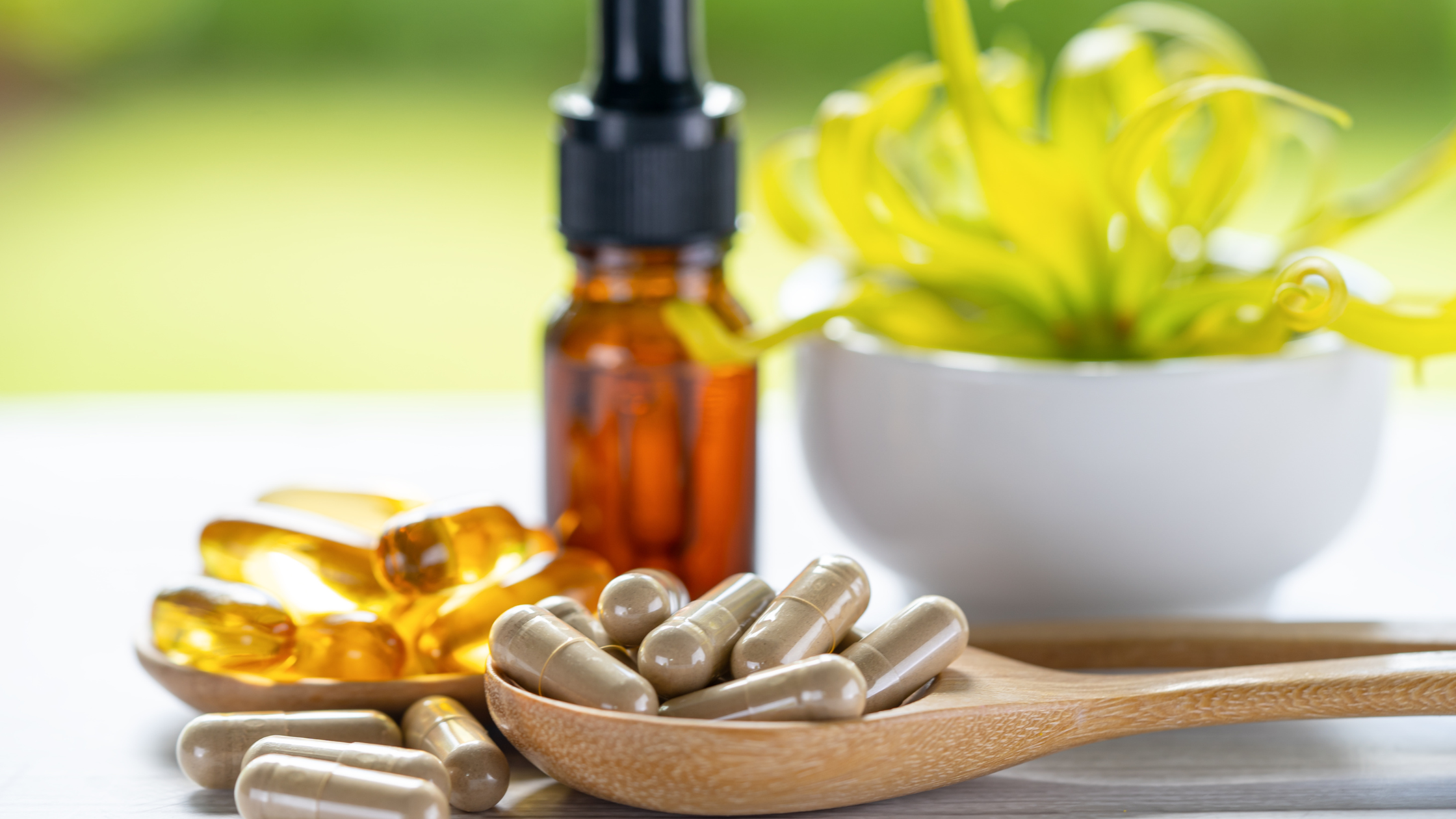


Medically Reviewed By Margaret Etudo. Written By The Vitamins For Woman Team.
Understanding the difference between perimenopause vs menopause is crucial for women navigating hormonal changes.

Hormonal shifts are a natural part of aging, but they can feel confusing, especially when it’s unclear whether you’re in perimenopause vs menopause.
While the two are closely related, they are distinct reproductive cycle stages with unique characteristics. Understanding these differences helps you make informed decisions about your health and well-being.
This article explores the signs, timelines, and treatments for both stages to empower you through your menopause transition journey.
Perimenopause, or the menopause transition, is the stage before menopause when hormonal levels—particularly estrogen and progesterone—start to fluctuate. It typically begins in a woman’s 40s but can start as early as the mid-30s.
This phase can last several years and is marked by irregular periods and a variety of symptoms.
Perimenopause can last anywhere from 2 to 10 years, with the average duration being about 4 years. It officially ends when a woman has gone 12 consecutive months without a menstrual period—this is the start of menopause.
Menopause is the point in time when a woman has not had a menstrual period for 12 consecutive months. It marks the end of reproductive capability and is a natural biological milestone. The average age for menopause in the U.S. is 51, but it can happen anytime between 45 and 55.
A doctor typically diagnoses menopause after confirming that a woman hasn’t had a period for a full year. Blood tests to check hormone levels—such as follicle-stimulating hormone (FSH)—may also help in diagnosing menopause.
Natural remedies can provide gentle, effective relief for common menopause symptoms without relying solely on medications.
While results vary, many women find comfort in these approaches when used consistently and with medical guidance.
A popular herb for treating hot flashes and night sweats. It may mimic estrogen and help regulate body temperature. Always consult your doctor before use, especially if you have liver issues.
Rich in phytoestrogens, red clover is often used to relieve hot flashes and improve bone density. It’s available as tea, capsules, or tinctures.
Flaxseed contains lignans, which may help balance estrogen levels. Adding ground flaxseed to your smoothies or yogurt could reduce hot flashes and improve digestion.
Known as “female ginseng,” Dong Quai is a traditional Chinese herb that may help with hormonal balance and improve mood swings and sleep.
Aside from the above-stated natural remedies for perimenopause vs menopause, here are more ways to manage perimenopause vs menopause.
If symptoms are severe or disrupt your daily life, consult a healthcare provider. Conditions like thyroid disorders or fibroids can mimic perimenopause symptoms. Medical advice is also essential if you’re considering hormone replacement therapy (HRT) or have a history of hormone-sensitive conditions.
| Feature | Perimenopause | Menopause |
|---|---|---|
| Definition | Transition phase before menopause | 12 months without a period |
| Age Range | Usually 40–50 | Usually 45–55 |
| Periods | Irregular | None |
| Hormones | Fluctuating estrogen & progesterone | Significantly decreased hormones |
| Sypmtoms | Begin appearing and vary in intensity | Often more stable but persistent |
| Fertility | Reduced but possible | Not possible |
Yes, while fertility declines during perimenopause, pregnancy is still possible. Use contraception until you’ve reached menopause.
It can last from 2 to 10 years, with symptoms fluctuating over time. The average duration is about 4 years.
Not all, but the majority do experience hot flashes to some degree. Their intensity and frequency vary widely among individuals.
Navigating the hormonal changes of perimenopause vs menopause can be overwhelming, but knowledge is power. By understanding the stages, symptoms, and natural management techniques, you can approach this life phase with confidence and control.
Whether you’re just starting to notice changes or are well into menopause, you’re not alone—and support is always available.

medically reviewed by margaret etudo, BPharm. written by the vitamins for woman team.